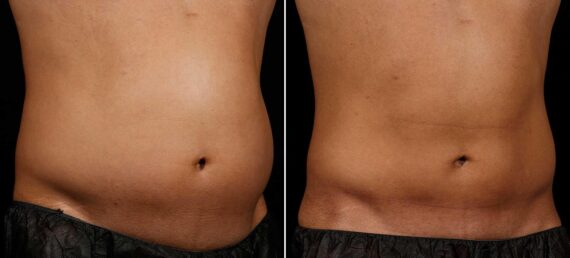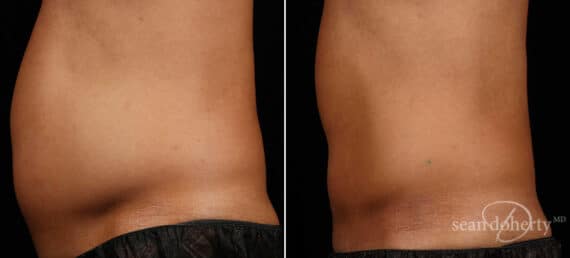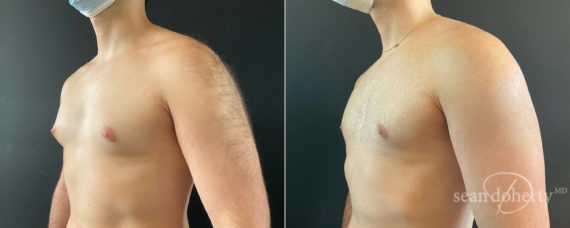Combining procedures in plastic surgery is a process that allows plastic surgeons to use multiple surgical techniques to maximize results. Plastic surgeons can combine cosmetic and trauma surgeries, breast surgeries, and medical schools into one comprehensive procedure to achieve the desired outcome for their patients.
The field of plastic surgery has grown significantly over the last few decades as more individuals seek out ways to improve their physical appearance and overall health. This growth has resulted in an increase in the number of qualified plastic surgery graduates who are knowledgeable about the various aspects of this specialty. Through combining procedures, these graduates are able to provide their patients with comprehensive care from start to finish.
Cosmetic surgery procedures such as facelift, blepharoplasty, and brow lift can all be combined in order to maximize results. For instance, a combination of rhinoplasty and blepharoplasty would tighten up loose skin around the eyes while also correcting any breathing issues associated with the nose. Similarly, a combination of breast surgeries such as reduction mammoplasty, mastopexy (breast lift), and breast augmentation will result in improved body contour and size symmetry.

Combining procedures also gives patients more options when it comes to finding a plastic surgeon that best meets their needs. By being able to offer multiple treatments at once, surgeons are able to cater more precisely to a patient’s goals rather than having them undergo several separate procedures. This helps ensure that patients receive the best possible outcome with minimal downtime or risk involved.
Overall, combining procedures is an effective way for plastic surgeons to maximize results while minimizing risks associated with single-procedure treatments. It also provides patients with greater control over their desired look without compromising on safety or quality standards set by medical schools.
Benefits of Combining Procedures
Combining procedures in plastic surgery has become increasingly popular in recent years as more individuals seek out ways to improve their physical appearance and overall health. Combining procedures allows a board-certified plastic surgeon to integrate multiple surgical subspecialties into one comprehensive procedure while also ensuring that the patient receives the best possible outcome with minimal downtime or risk involved. The benefits of combining procedures include access to a range of surgical principles and techniques, as well as a spectrum of surgery from which to choose. With an integrated program, patients can benefit from a personalized treatment plan tailored to meet their individual goals and expectations. When performed by an experienced board-certified plastic surgeon, combining procedures can maximize results and provide stunning and lasting outcomes for patients.
Improved Outcomes in Aesthetic Surgery
Combining procedures in plastic surgery can be a beneficial approach to enhance results and improve the aesthetic outcomes of various surgical procedures. When performed by a qualified and certified plastic surgeon, combining procedures can offer patients enhanced body contouring, facial plastic surgery, breast contouring surgery, and breast augmentation outcomes. Plastic surgeons can assist patients in achieving their desired physical appearance through techniques such as tissue transfer and extremity surgery.
When combining two or more surgical procedures, it is important to carefully evaluate the patient care. A plastic surgeon will consider the safety of each procedure, the expected outcomes for each individual procedure, and the overall health of the patient before starting any combination treatment plan. Patient education is important to ensure the safety and effectiveness of all treatments.
By utilizing various surgical techniques, a knowledgeable plastic surgeon can assist their patients in attaining exceptional outcomes while minimizing recovery time and potential risks. Combining procedures in this manner enables enhanced body contouring through facial plastic surgery or breast contouring surgeries such as facelift surgery or breast augmentation, respectively. Combining procedures allows patients to achieve their desired physical goals while maintaining safety standards set by medical schools.
Increased Efficiency with Plastic Surgery Training Programs
Training programs that incorporate multiple procedures can enhance efficiency and enhance outcomes for surgeons in the field of plastic surgery. Plastic surgeons can develop their own unique techniques for different types of patients by combining multiple aesthetic and reconstructive surgeries. This will enable them to offer more extensive treatment plans with reduced complications or potential risks linked to individual procedures. In addition, combining multiple procedures in a training program allows a surgeon to explore various plastic surgery options, such breast reconstruction, hand surgery, craniofacial surgery, and other elective procedures, thus expanding their knowledge and expertise.
Additionally, plastic surgeons can optimize their elective time and reduce their application deadlines by providing combined procedures during training courses. The increased efficiency of this process has the dual benefit of saving time and reducing costs in plastic surgery training programs. Combining multiple aesthetic procedures, such as eyelid surgery or facelift surgeries, into a comprehensive course can assist surgeons in enhancing their skillsets more efficiently than they would through individual procedure courses.
Combining procedures in plastic surgery can be an effective approach for trained professionals to achieve optimal results and reduce risks associated with single-procedure treatments. It allows patients to have more control over their desired appearance while ensuring safety standards established by medical schools are maintained. Additionally, it aids surgeons in optimizing their elective time and minimizing expenses related to training programs.
Maximizing Surgical Specialties and Operative Experience
It is important to gain extensive surgical specialties and operative experience in order to provide optimal care for patients. Intensive clinical exposure during plastic surgery training offers a wide range of exposure to both aesthetic and reconstructive patients. This enables surgeons to develop skills in various areas of expertise, including adult specialties, soft tissue reconstruction, upper extremity reconstruction, trauma reconstruction, abdominal wall reconstruction, and breast augmentation surgery.
Surgeons can gain valuable experience through intensive care and exposure to clinical settings, which can be applied to their careers. Additionally, increased experience in surgical specialties and operations allows for the opportunity to apply for board certification in plastic surgery after completing a residency or fellowship program. Board certification entails completing an application process, passing a comprehensive board examination, and obtaining approval from the American Board of Plastic Surgery (ABPS).
Furthermore, obtaining board certification enhances surgeons’ competitiveness in job searches after completing residency or fellowship programs. Being board-certified also garners greater respect from colleagues, potentially leading to more favorable job prospects.
Plastic surgeons gain extensive clinical exposure during training programs and pursue board certification after completing residency or fellowship programs. This allows them to specialize in surgical procedures and provide excellent care for both aesthetic and reconstructive patients. These experiences help surgeons stay current with medical technologies and develop the necessary skills for successful cosmetic procedures like body contouring or facelift surgeries.
Types of Plastic Surgery Procedures that can be combined
Plastic surgery procedures that can be combined include facelifts, brow lifts, eyelid lifts, lip augmentations, chin augmentation, cheek augmentations, fat grafting, and body contouring surgeries such as abdominoplasty or Brachioplasty. Combining these procedures allows surgeons to develop a better skillset faster than they can with single-procedure courses alone. This not only helps maximize results while minimizing risks associated with single-procedure treatments but also helps plastic surgeons maximize their elective time and reduce costs associated with training programs.
Combining Aesthetic Surgeries in Boston
Determining the suitability of a combination procedure primarily depends on safety considerations. Non-surgical combinations do not present any significant issues. I will only perform a surgical combination procedure if it meets safety requirements. This typically depends on the overall operating room time. As a general guideline, surgical procedures are typically kept to 5 hours or less in the operating room. Additional factors to consider include one’s overall health and tolerance for pain. As previously stated, a combination procedure may result in a shorter recovery time but could potentially be more intense or uncomfortable. Each patient has a unique perception of pain and varying levels of tolerance for discomfort. The individual must weigh the potential for a more painful recovery against the benefit of less downtime in order to make a decision.
To find out more about a combination procedure with Dr. Sean Doherty at his Boston or Chestnut Hill office, contact us today or call (617) 450.0070 to schedule a consultation.



